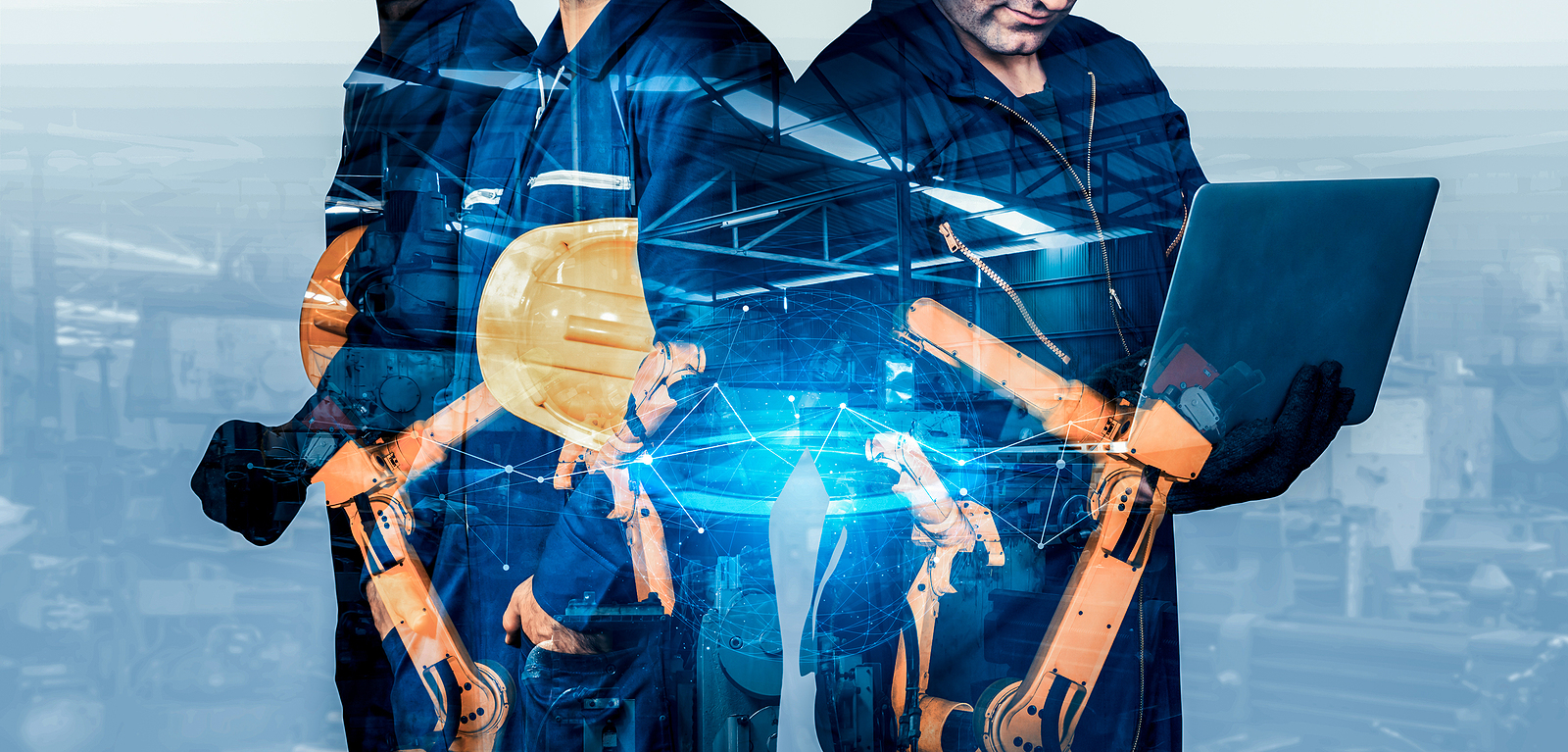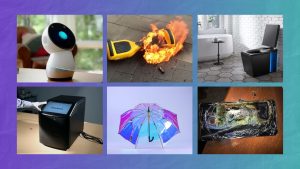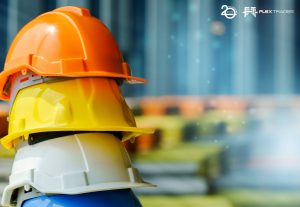Do you remember learning about the Industrial Revolution as a kid? The history books make it seem like there is just one major industrial revolution, starting in the 18th century, and that it changed everything about manufacturing in America and Europe. Furthermore, it changed economies and societies forever. Which isn’t false. However, major changes have been happening ever since, and are still happening. In fact, we’ve had four industrial revolutions – Industry 1.0 through Industry 4.0. We’re here to share them with you.
Industry 1.0
Industry 1.0 started in 1784, roughly, and is the one you read about in history books. The Mechanical Revolution. During this time, it was discovered that by heating up water you get steam. And steam can power things – like the steam engine. The invention of the steam engine goes back further than Industry 1.0 but it was nearly perfected during this time. With this new-found steam power, economies could move away from farming societies and into urbanization. Steam power meant powered tools, steamships, and railroads. With railroads came the opportunity to travel. With powered tools came factories. Put the two together and you’ll find workers clamoring to travel to the nearest (or not so nearest) factory for work.
Industry 2.0
This is the phase of manufacturing which started around 1870 and really pushed things along. Even though we had steam power, we didn’t have speed. Without speed, we couldn’t do as much. It was this notion for speed that changed the course of manufacturing forever. In addition to this notion, more inventions came our way including gasoline engines, aircraft, radios, electric lighting, and telephones. This revolution ultimately brought us the idea of a very common fixture in manufacturing to this day – the assembly line. Industry 2.0 is the Mass Production Revolution. With the introduction of automobiles, the continued use of rail, increased forms of communication, and life changing inventions like electric lighting, change came more quickly. Thus, farming became a way of the old. In fact, some say that that another critical invention was made during Industry 2.0 – “the modern world”.
Industry 3.0
If you haven’t caught on yet, it’s inventions, inventions, inventions that drive the industrial train. Industry 3.0 was full of them. However, the inventions came in the form of digital technology. This is the Digital Revolution and started in 1969. What does this mean? With the invention of semiconductors, computers, and the Internet, things that used to be analog could now be digital. If you’re curious what that means, check out this comparison article on Analog vs. Digital Electronics. Digitizing technologies increases production and global supply chains and changes the way things are made, people work, and the world operates.
Industry 4.0
This is the industry you’re living in and it isn’t “over” yet. Therfore, we’ll keep this summary short and sweet. Our current industrial revolution centers around Artificial Intelligence (AI). What does that mean? It includes things like autonomous vehicles, materials science, 3D printing, a more robust Internet, robotics and automation, biotechnology, analytics, etc. You’ve seen it already with self-driving cars, autonomous vehicles for material handling, drones, your virtual assistant who talks through your phone, and robotics within manufacturing. Interested in hearing more? You can find a detailed description of Industry 4.0 (what it is, what the benefits are, and what will happen next) here!
Industry 5.0
Wait…this one doesn’t exist but I’m curious, what do you think 5.0 will bring?








